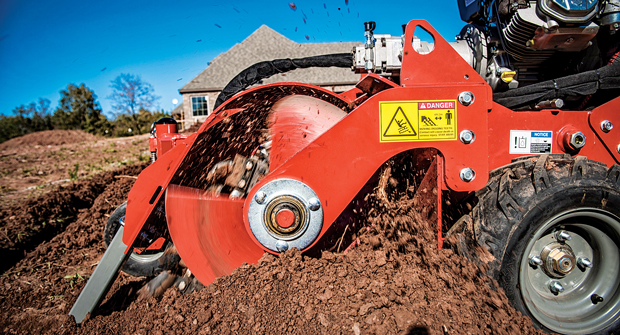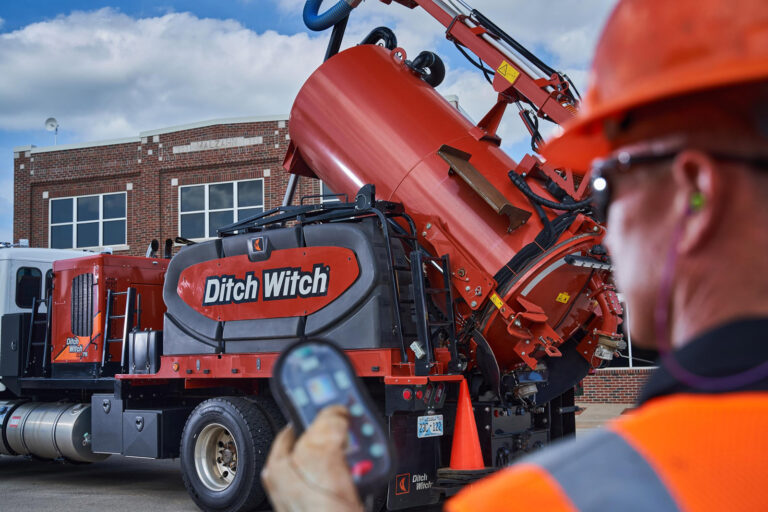From Landscape Management.
As is the case with any piece of heavy machinery, regular maintenance checks are crucial to keep trenchers in peak operating condition. Unlike other machines you might use on the job site, trenchers provide unique maintenance challenges with wear items that see high-impact uses.
Brant Kukuk, product manager for Ditch Witch, shares what you need to know to ensure your trencher is at its best when it matters most.
Landscape Management: How should contractors approach offseason maintenance of their trenches?
Brant Kukuk: Generally, contractors should base their offseason maintenance on hours of usage, not necessarily on a year-by-year basis. We recommend this because some contractors will trench 2,000 hours a year, but some will trench 200 hours a year and those maintenance cycles look very different.
LM: What are some of the main items on a trencher that a user might need to replace during their maintenance checks?
BK: The biggest piece of maintenance on a trencher is the trencher chain itself. All the ground-engaging features of the trencher are maintenance items just because they’re in contact with the ground all the time, like the teeth.
As contractors use their trenchers, the teeth will wear away. A contractor should know the shape of the teeth to start with. That will allow them to know if that tooth is worn or not. The local dealer will know their area’s soils, which is very important. If you’re in an area with rock sand or clay soils, you might need a different style of chain.
On the chain, most of the wear comes from the interaction between the roller and the sprocket. During use, you get dirt between the sprocket and the chain, which is very abrasive. You start with a wide sprocket and it becomes narrow as the material wears away on the chain. The roller is cylindrical to start with, and, over time, it becomes hourglass-shaped.
It’s important to replace them at the same time. The sprocket and the chain are a system, so if you replace one, it’s going to wear out the other faster or break it.
LM: Should contractors keep an eye on their machine’s tires or tracks during these checks?
BK: Just like a car, you’re going to go through tires and you’re going to go through tracks.
Most of the time, the tread on a track will not wear very much. If you spend 90 to 95 percent of your time on soil, you’re not going to see the tread wear. It’s when you are using tracks on asphalt or concrete that you’ll start to see the outside of the tread wear down.
On soil, you will see the inside of the rubber — where it’s making contact with the rollers and sprocket — start to wear down. Over time it will start to show cracks on the inside.
If you’re on concrete or asphalt all the time, you’re going to wear the tread down before you wear the inside out. And, in that case, unlike a tire, you aren’t going to patch it. You’ll need to replace it every time.






